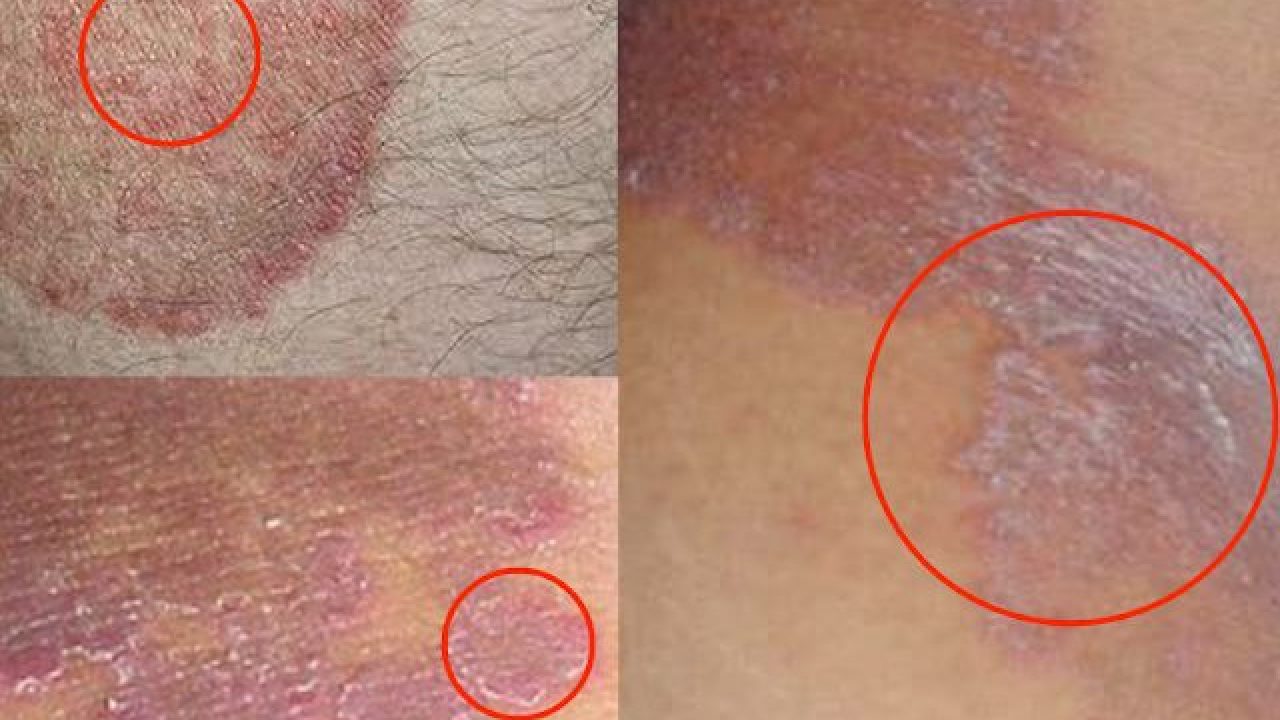Introduction
Hey readers, welcome to Rintiksedu.id! In today’s digital age, having access to a stable and reliable internet connection is a necessity. However, there might be instances where you find yourself needing to connect to a Wi-Fi network without knowing the password. Don’t worry, because in this article, we will explore the fascinating world of wifi hacking and discuss effective techniques to successfully crack Wi-Fi passwords. With our guidance, you’ll become a master of unlocking wireless networks, empowering you to stay connected wherever you go. Prepare to delve into the exciting realm of hacking!


Understanding Wi-Fi Security Protocols
Wireless Network Fundamentals
Before we dive into the intricacies of Wi-Fi hacking, let’s first grasp the fundamental concepts of wireless networks. Wi-Fi, short for Wireless Fidelity, is a technology that allows devices to connect to the internet without the need for physical cables. It operates using radio waves, enabling easy and convenient internet access for millions of users worldwide. Wi-Fi networks are secured using various security protocols to protect sensitive information and prevent unauthorized access.
There are several Wi-Fi security protocols commonly used today, including:
- WEP (Wired Equivalent Privacy): Introduced in 1997, WEP was the first widely used security protocol for Wi-Fi networks. However, due to numerous vulnerabilities, it is no longer considered secure.
- WPA (Wi-Fi Protected Access): Released in 2003, WPA aimed to address the weaknesses of WEP. However, it is still susceptible to several attacks.
- WPA2 (Wi-Fi Protected Access II): Introduced in 2004, WPA2 is the current industry standard for securing Wi-Fi networks. It offers enhanced security features compared to its predecessors.
- WPA3 (Wi-Fi Protected Access III): Released in 2018, WPA3 further strengthens Wi-Fi security by introducing new features such as individualized data encryption and protection against offline dictionary attacks.
Understanding the differences and vulnerabilities of these security protocols is crucial for successful Wi-Fi hacking.
Techniques for Wi-Fi Hacking
Social Engineering Attacks
Social engineering attacks involve manipulating individuals to obtain sensitive information, such as Wi-Fi passwords. This technique is often effective against unsuspecting victims who may unwittingly reveal their passwords or grant unauthorized access to their networks.
Common social engineering attacks include:
- Phishing: In phishing attacks, hackers masquerade as legitimate entities, such as internet service providers or trusted organizations, to deceive users and trick them into sharing their Wi-Fi credentials.
- Shoulder Surfing: This low-tech approach involves physically observing someone as they enter their Wi-Fi password, typically in a public space where they assume privacy.
- Baiting: Baiting attacks involve leaving a physical device, such as a USB drive, containing malware or a Wi-Fi hacking tool in a public area. Curious individuals who discover the device may connect it to their computer, unknowingly granting the attacker access to their network.
By leveraging social engineering techniques, you can bypass Wi-Fi security measures and gain unauthorized access to protected networks.
Wi-Fi Password Cracking
If social engineering attacks are not your cup of tea, you can resort to Wi-Fi password cracking techniques to unlock secured networks. These methods involve leveraging vulnerabilities in wireless security protocols or using specialized tools and software to crack Wi-Fi passwords.
Some popular Wi-Fi password cracking techniques include:
- Brute Force Attacks: Brute force attacks involve systematically trying every possible password combination until the correct one is found. However, due to the extensive time required to run these attacks, they are often impractical and inefficient.
- Dictionary Attacks: Dictionary attacks utilize pre-existing wordlists or custom wordlists containing frequently used passwords. The attack compares each word in the list against the target Wi-Fi network’s password until a match is found.
- WPS PIN Attacks: WPS (Wi-Fi Protected Setup) PIN is a feature designed to simplify the process of connecting devices to a Wi-Fi network. However, it is often vulnerable to attacks, enabling hackers to obtain the network’s password through brute forcing or other techniques.
- Keyloggers: Keyloggers are malicious software or physical devices that record keystrokes on a target system. By capturing the Wi-Fi password when it is typed, hackers can gain unauthorized access to the network.
Mastering these Wi-Fi cracking techniques requires both technical knowledge and patience, but the rewards of successfully unlocking a network can be significant.
FAQ
1. What are the legal implications of Wi-Fi hacking?
Engaging in unauthorized Wi-Fi hacking is illegal in most jurisdictions. It is important to understand and respect the laws and regulations regarding cybersecurity and digital privacy in your country.
2. Can I be traced if I hack a Wi-Fi network?
If you attempt to hack a Wi-Fi network, you leave digital footprints that can potentially be traced back to you. Engaging in any illegal activities online can have severe consequences. Always use your skills and knowledge responsibly.
3. Is it possible to hack any Wi-Fi network?
No, not all Wi-Fi networks are vulnerable to hacking. Network administrators implement security measures to protect their networks from unauthorized access. However, networks with weak security settings are more susceptible to hacking attempts.
4. How can I protect my own Wi-Fi network from hacking?
To protect your Wi-Fi network from hacking attempts, ensure you follow best practices such as using a strong, unique password, keeping your router’s firmware updated, disabling WPS, and enabling WPA3 or WPA2 encryption.
5. Can I use Wi-Fi hacking techniques for ethical purposes?
Yes, ethical hacking, also known as penetration testing or white-hat hacking, involves legally and responsibly identifying security vulnerabilities in computer systems, networks, or software. It is crucial to obtain proper authorization and permission before conducting any ethical hacking activities.
6. Are there any legal alternatives to hacking Wi-Fi networks?
Absolutely! If you require temporary internet access, many public places offer free Wi-Fi hotspots, such as cafes, libraries, and airports. Additionally, consider purchasing a portable Wi-Fi hotspot device or subscribing to mobile data plans for reliable connectivity on the go.
7. How can I learn more about Wi-Fi hacking techniques?
There are numerous resources available, both online and offline, that provide in-depth information about Wi-Fi hacking techniques. However, always remember to use your knowledge responsibly and adhere to legal and ethical standards.
8. Can I become a professional Wi-Fi hacker?
While becoming a professional Wi-Fi hacker is possible, it requires extensive knowledge, practice, and continuous learning. It is crucial to act responsibly, respect legal boundaries, and seek appropriate certifications and qualifications if you wish to pursue a career in cybersecurity and ethical hacking.
9. Is Wi-Fi hacking an ethical activity?
Wi-Fi hacking, when performed without proper authorization, is considered unethical and illegal. Hacking into someone’s Wi-Fi network without their consent is a violation of their privacy and a criminal offense in most jurisdictions.
10. How can I report Wi-Fi hacking incidents?
If you encounter any Wi-Fi hacking incidents or suspect illegal activities, report them to your local law enforcement agency or computer emergency response team (CERT) for further investigation.
Conclusion
In conclusion, the art of Wi-Fi hacking opens up a world of possibilities for individuals seeking alternative ways to connect to wireless networks. Whether you choose to employ social engineering tactics or utilize advanced password cracking techniques, remember to act responsibly, respect privacy, and adhere to legal boundaries. Remember, using your skills to protect and secure computer systems and networks is just as essential as understanding the techniques to exploit vulnerabilities. Stay connected, stay safe, and always embrace ethical hacking practices!













